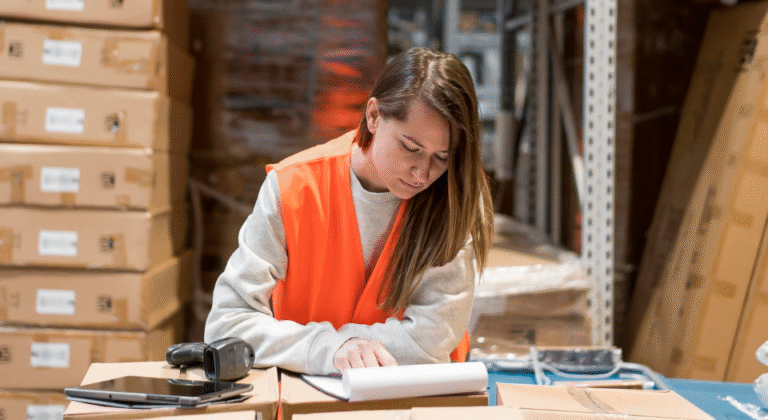
Introduction
Rooster feathers are prized for their bold colors, resilience, and unique structures, making them a sought-after material in a variety of creative fields. Artists, designers, and hobbyists have long appreciated the allure and versatility of rooster feathers in both traditional and modern contexts. Whether for cultural artifacts or chic accessories, rooster feathers remain an inspiring component that brings vibrancy and texture to any project. Their sustainable sourcing and minimal environmental impact further enhance their appeal as an eco-friendly choice for creative professionals and enthusiasts alike.
Across the globe, traditions involving rooster feathers reflect their deep cultural significance. Today, renewed interest in artisanal crafts, combined with increased awareness of sustainability in materials, has made rooster feathers a favored option for innovative endeavors. Their diverse applications showcase not only aesthetic value but also practicality—demonstrating how a naturally renewable resource can enrich artistic expression and contemporary design.
Traditional Craftsmanship
Many societies have woven rooster feathers into their cultural and artistic heritage. In Southeast Asia, the Sarimanok, a legendary figure in Filipino mythology, is often represented with intricately crafted feathers. This centuries-old tradition involves skilled artisans using fine techniques, such as scrolling and layering, to highlight the dynamic hues of rooster plumage. Such artwork isn’t restricted to ceremonial figures; feather headdresses, masks, and decorative fans in tribal communities across Africa and the Americas also utilize rooster feathers for their symbolism and dramatic flair.
These traditional pieces are more than decoration—they serve as important cultural symbols, representing everything from fertility and wealth to spiritual power. Learning about these practices provides valuable insight into global craftsmanship, and incorporating these elements into modern projects can help preserve heritage skills for future generations. To see examples and techniques of Filipino feather art, visit this guide on Sarimanok crafts.
Fashion and Accessories
Modern fashion designers are continually inspired by the dynamic quality of rooster feathers. The vivid sheen and layered textures lend themselves perfectly to haute couture garments, statement jewelry, unique hats, and avant-garde shoes. Feather accents may appear in earrings, collars, brooches, or bespoke millinery, turning ordinary items into conversation pieces. In the world of stage and film, elaborate costumes often use rooster feathers to achieve theatrical brilliance and eye-catching movement.
Responsible sourcing is central in today’s fashion scene, emphasizing the importance of ethical and sustainable practices. Many designers opt for naturally molted feathers, ensuring that no harm comes to the birds. By making thoughtful choices, artists and consumers can appreciate the beauty of rooster feathers while upholding animal welfare. For those curious about sustainable fashion trends and materials, Vogue’s coverage on sustainable materials provides further reading.
Home Décor
Rooster feathers are gaining a growing presence in interior design, thanks to their intrinsic beauty and versatility. Designers incorporate them into eye-catching throw pillows, vibrant wall hangings, ornate wreaths, and even bohemian-style dreamcatchers. The distinctive patterns of the feathers add warmth and visual interest to living spaces, blending rustic charm with contemporary aesthetics.
Beyond their decorative appeal, these feathers are hypoallergenic and biodegradable, making them a sustainable choice for eco-friendly home styling. Integrating natural elements—like rooster feathers—into home décor reflects a broader movement toward sustainability and conscious consumption. For more ideas on incorporating feathers into stylish interiors, you can check House Beautiful’s feather décor inspirations.
Fly Tying for Fishing
In the world of angling, rooster feathers are valued not just for their appearance but also for their remarkable function. Fly tying, a time-honored fishing technique, relies on creating intricate lures that mimic local insects. Rooster feathers, with their buoyancy and natural undulation, are the material of choice for crafting realistic and irresistible flies. They enable both amateur and expert fishers to improve their chances while adding a personal touch to their gear.
The tradition of fly tying is closely tied to sustainability, as many anglers source feathers from ethical suppliers or as byproducts from local farms, thereby reducing waste and minimizing environmental impact. This blend of resourcefulness and artistry has even led to communities and competitions dedicated to fly tying, where the selection of feathers and craftsmanship are highly celebrated.
Educational Projects
Rooster feathers are ideal for hands-on educational activities, providing students with tangible examples of bird anatomy, adaptive functions, and conservation themes. Teachers can use them in science lessons to demonstrate the physical differences between contour, down, and flight feathers. Classroom art projects, meanwhile, can spark creativity and foster appreciation for the complexity and beauty of the natural world.
These projects contribute to broader discussions about biological diversity, sustainability, and the importance of making informed, responsible choices with natural resources. Early exposure to such concepts is vital to cultivating environmentally conscious citizens. Guidance on using feathers thoughtfully in classrooms can be found in educational resources, such as National Geographic’s feature on feather adaptations.
Artistic Expressions
Feathers have long captivated artists as a unique and metaphoric medium. In contemporary art, rooster feathers appear in mixed-media collage, large-scale installations, wearable sculptures, and even in abstract paintings. Artists embrace their striking colors and tactile qualities to evoke themes of flight, transformation, and cultural identity. Museums and galleries around the globe increasingly showcase these innovative creations, which blend nature and human ingenuity.
Beyond the visual arts, feathers play a significant role in performance art, embodying freedom and fluid motion, or in ceremonial displays that connect viewers to ancestral traditions. The tactile sensation and visual impact of rooster feathers offer endless possibilities for creative expression, ensuring their place in the evolving world of art.
Conclusion
Rooster feathers stand as a testament to how a natural resource can bridge tradition, utility, and artistry. Their broad application spans centuries, cultures, and industries—testifying to their lasting relevance and continued inspiration. By incorporating rooster feathers into crafts, fashion, décor, and educational projects, creatives foster both appreciation for nature and momentum toward sustainable, ethical practices for future generations.







